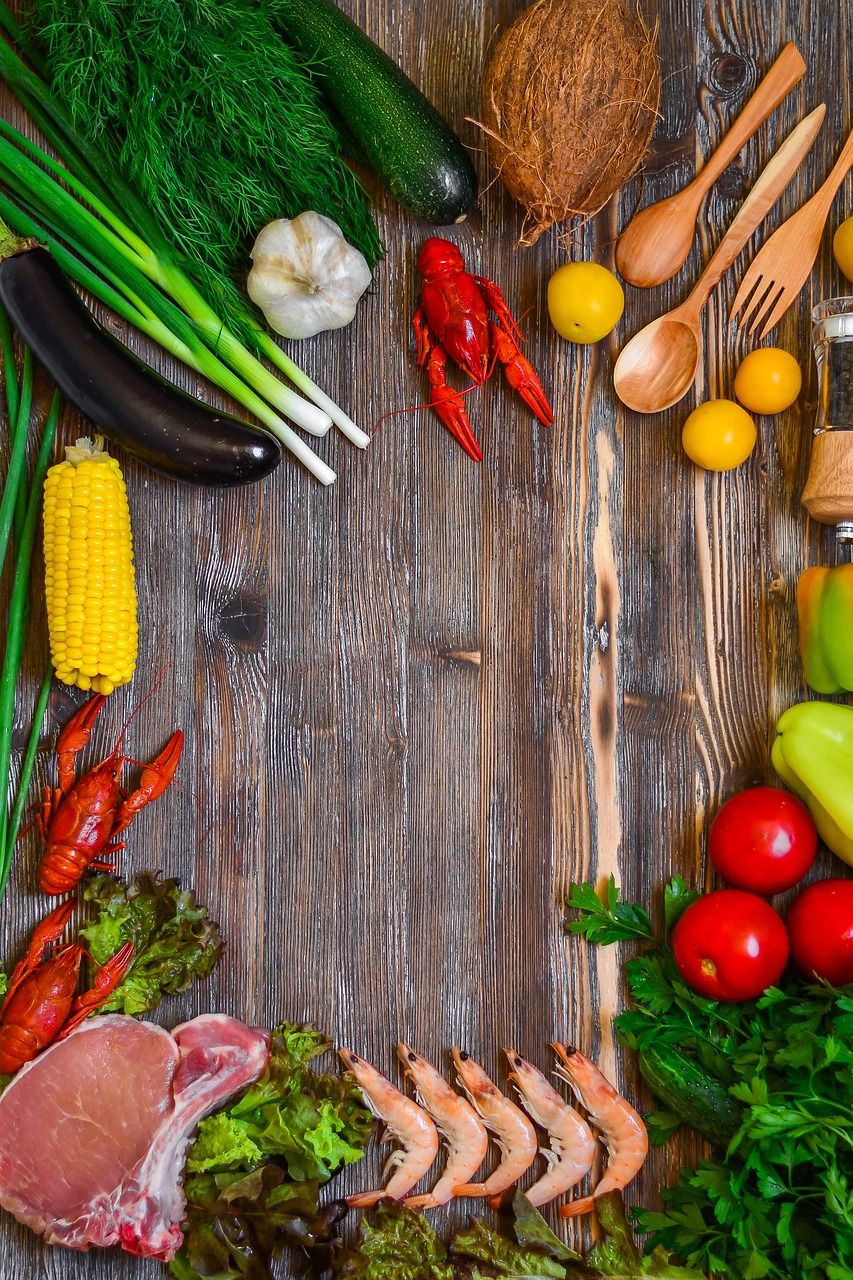High Protein Diet: A Comprehensive Guide to Reaping the Benefits

Understanding the High Protein Diet
The high protein diet has gained immense popularity in recent years, with individuals seeking to improve their health, achieve weight loss, or enhance athletic performance. This article aims to provide a thorough overview of what a high protein diet entails, the various types available, popular choices, and the quantifiable measurements associated with its effectiveness. Additionally, we will explore the ways in which different high protein diets differ from one another and delve into their historical pros and cons.
Unveiling the High Protein Diet

A high protein diet primarily focuses on increasing the consumption of protein-rich foods while moderating the intake of carbohydrates and fats. The goal is to ensure that protein makes up a substantial proportion of the overall macronutrient intake, typically exceeding the recommended daily allowance (RDA) of 0.8 grams per kilogram of body weight. By doing so, individuals can benefit from numerous effects such as increased satiety, improved muscle mass, and enhanced metabolism.
Types of High Protein Diets
There are several types of high protein diets, each catering to different needs and preferences. Some popular choices include:
1. The Atkins Diet: This low-carbohydrate, high-protein diet restricts carb intake during the initial phase, gradually reintroducing them. It emphasizes lean meats, fish, nuts, and seeds.
2. The Paleo Diet: Inspired by our ancestors’ eating patterns, this diet consists of whole foods such as lean meats, fish, fruits, vegetables, nuts, and seeds.
3. The Ketogenic Diet: This low-carb, high-fat diet focuses on inducing ketosis, a metabolic state where the body burns fat for fuel. It includes moderate protein consumption.
Measuring the Impact of High Protein Diets
Quantitative measurements play a crucial role in understanding the impact of high protein diets. Studies have shown that these diets can lead to weight loss, improved body composition, and increased muscle mass. Additionally, they may contribute to reducing the risk of chronic diseases such as cardiovascular conditions and type 2 diabetes.
[BEGINNING OF GOOGLE-SNIPPET WORTHY CONTENT – BULLET POINTS]
– Weight loss: Research suggests that high protein diets can induce greater weight loss compared to traditional low-fat diets, primarily due to increased satiety and thermogenesis.
– Muscle mass and strengt Higher protein intake combined with resistance training has been associated with greater gains in muscle mass and increased strength in individuals.
– Metabolism and fat burning: Protein has a higher thermic effect on the body compared to carbohydrates and fats, meaning it requires more energy to digest, thus potentially aiding fat burning.
– Appetite control: Protein has been shown to reduce hunger and promote feelings of fullness, leading to better appetite control.
[END OF GOOGLE-SNIPPET WORTHY CONTENT]
Distinguishing Between High Protein Diets
Although high protein diets share a common goal, they can differ significantly based on the specific macronutrient composition, food choices, and overall principles. For example, the Atkins diet focuses on reducing carbohydrates drastically in its initial phase, while the paleo diet emphasizes whole, unprocessed foods. Understanding these differences is vital in choosing the most suitable high protein diet for individual needs and goals.
The Historical Pros and Cons of High Protein Diets
Over the years, high protein diets have sparked debates regarding their benefits and potential drawbacks. While proponents argue that these diets promote weight loss and offer various health benefits, critics raise concerns about potential kidney strain, increased risk of heart disease, and lack of essential nutrients. It is essential to consider the facts and seek guidance from healthcare professionals before embarking on any high protein diet.
In conclusion, the high protein diet offers a compelling solution for individuals seeking weight loss, muscle growth, and improved overall health. By incorporating protein-rich foods into their diet and moderating carb and fat intake, individuals can experience positive changes in their body composition and metabolic health. However, it is crucial to choose the right high protein diet based on individual needs, consider quantifiable measurements of its impact, and be aware of potential pros and cons. Always consult with a healthcare professional before making significant dietary changes to ensure optimal safety and progress.





















